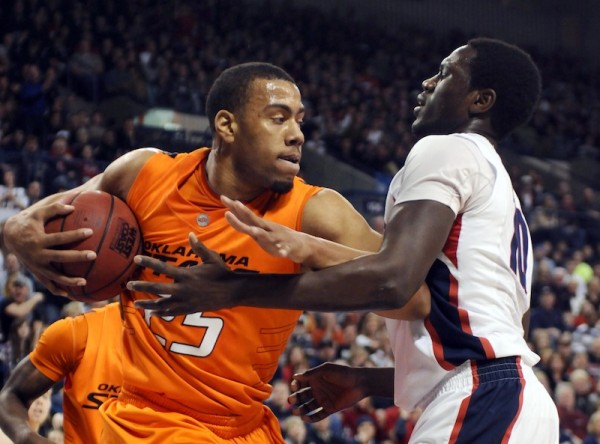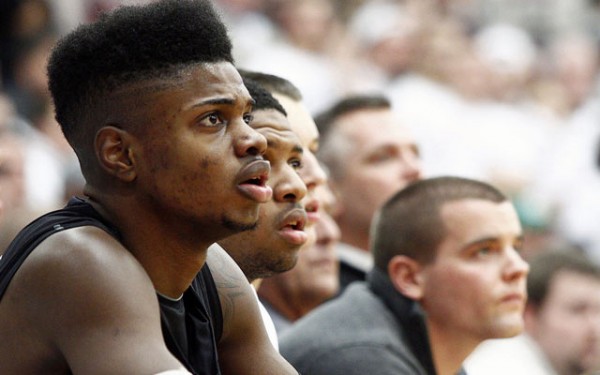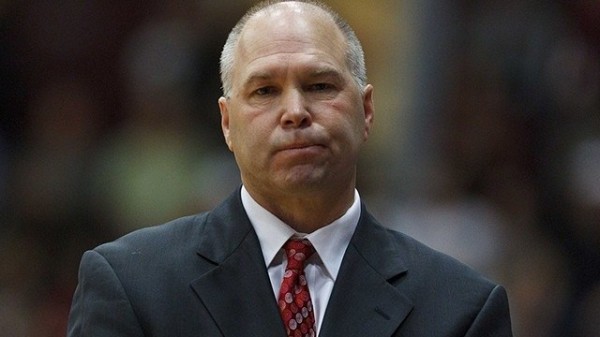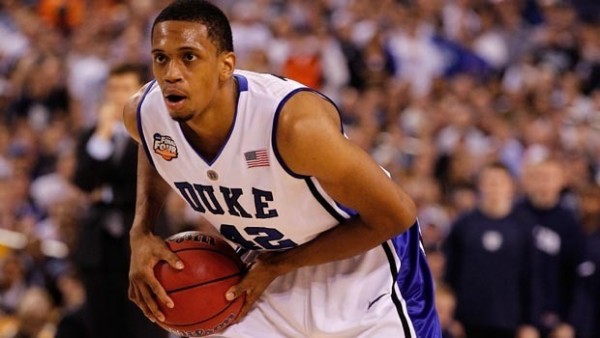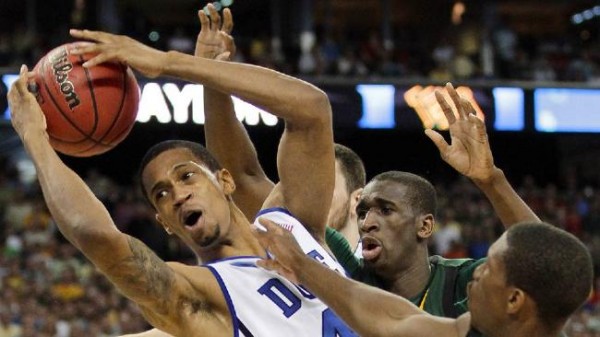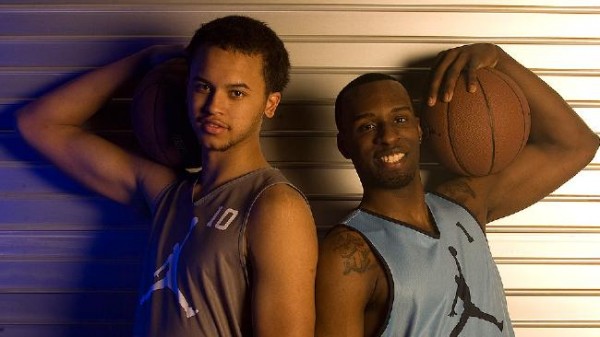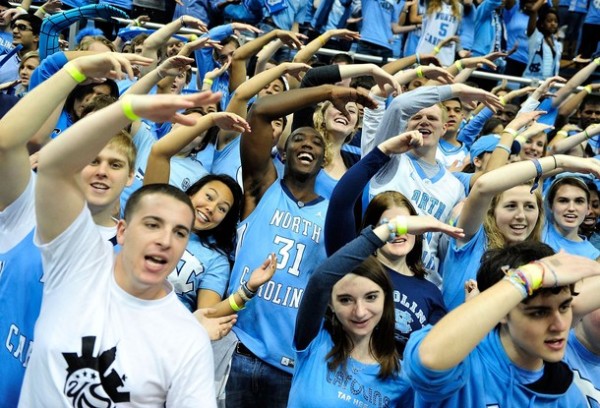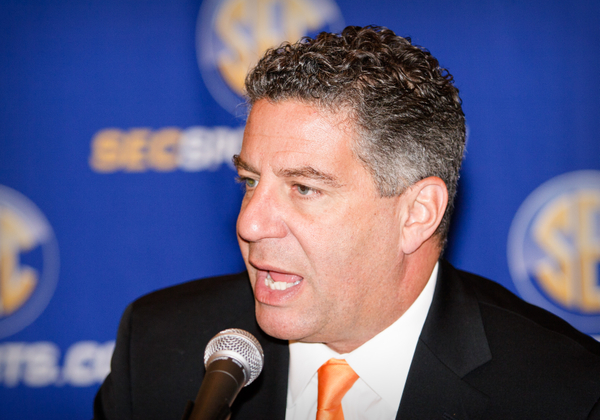Don’t Forget about Bruce Pearl’s Former Tennessee Assistants
Posted by Chris Johnson on July 30th, 2013Chris Johnson is an RTC Columnist. He can be reached @ChrisDJohnsonn.
Show-cause penalties are permanent stains on a coach’s resume. They don’t expressly prohibit coaches from moving on to a different program, but they do make it exceedingly hard for any such programs to even stomach the thought of hiring violators by (1) transferring that coach’s sanctions from his former job to any new position he may inherit, and (2) forcing the prospective new employer to stand in front of the NCAA’s infraction committee and explain its motives for making the hire. They must, in effect, “show cause” for hiring the equivalent of a modern-day coaching pariah. Basically, If you’re show-caused, don’t expect to re-enter the coaching profession until the penalty expires.
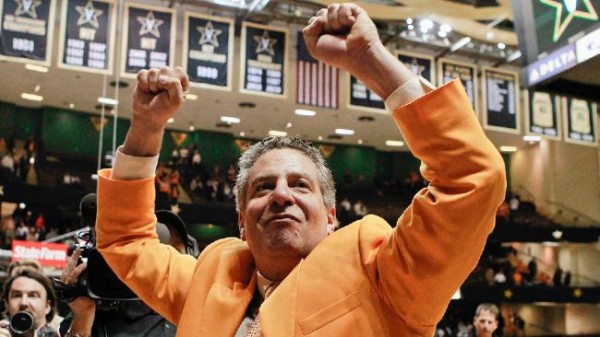
the carnage left in the wake of Pearl’s NCAA bombshell, which diverges from his favorable post-scandal employment, is often overlooked (AP Photo).
For former Tennessee coach Bruce Pearl – who was issued a three-year show-cause penalty for attempting to cover-up the barbeque he used to host then-high school junior Aaron Craft and members of his family – that expiration date comes in 2014, when he is widely expected to re-enter the coaching ranks after enjoying a multi-year stint with ESPN’s college basketball studio analysis team. Pearl wasn’t the only one penalized for his recruiting violations; three of his former assistants (Tony Jones, Steve Forbes, and Jason Shay) were also hit with one-year show-causes. Their comparatively low-profile status didn’t afford them the solace of a big-time TV job – a luxury Pearl, with his vibrant personality and witty commentary, was readily granted – which forced them to navigate the unforgiving coaching job market with one of the biggest black marks any job-seeking coach can carry. Pearl may have gotten the harshest punishment, but his dismissal landed him in a job (and, presumably, with a salary) most any fired Division I coach would jump at. His assistants weren’t quite so lucky. Pearl’s backup plan involved fame and fortune; his assistants’ fell into coaching purgatory. The comfortable and financially stable lives they once led were thrown into sharp distress.





























